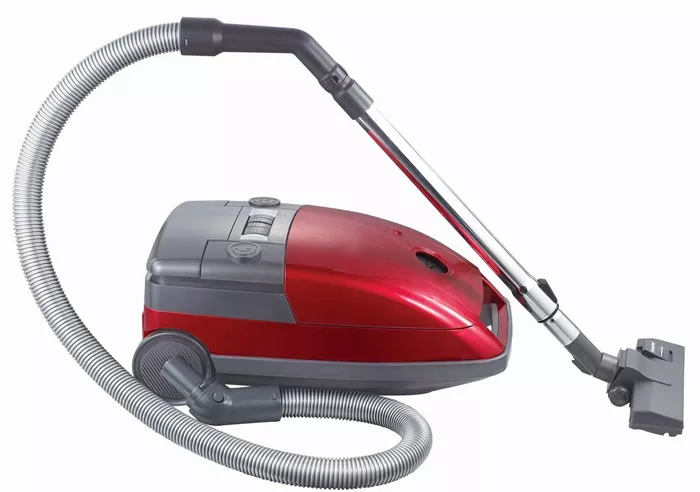Robot vacuums that can both mop and sweep have improved dramatically in recent years. While they still aren’t as efficient as traditional manual vacuums, they’re a great way to keep your floors clean if you use them regularly.
The difference is that the new “combination” robot vacuums and mops are designed to actually scrub your floors. The first robot vacuums that “mopped” simply slapped a thin, flat microfiber pad over the robot, much like a Swiffer mops. Basically, the only job of this type of vacuum was to remove the fine dirt that the vacuum left behind.
New mops now come with vibrating or oscillating mop pads, and some even have roller mops. Most models have built-in water tanks to keep the mop moist during use, and many models also allow the mop to be washed and dried in a charging station that automatically empties and refills the water tank, making the job easier for you.
While most robot vacuums today come with some kind of mopping function, this guide focuses on the ones that excel at mopping. If you’re more interested in the best robot vacuums, check out my guide to robot vacuums.
The downside to these robot mops is that they tend to be larger and heavier than regular vacuums, and require more frequent maintenance. Water can trap dirt, and cleaning their giant, multi-purpose bases (even the self-cleaning ones) can be a hassle. You also have to empty and refill the water tank once a week.
Related topics:
- I Tried Out Kmart’s New $169 Robot Vacuum
- Lazy Robot Vacuums May Help With Home Security and Pet Care
- Bissell Crosswave vs. Tineco: Which is Better?

